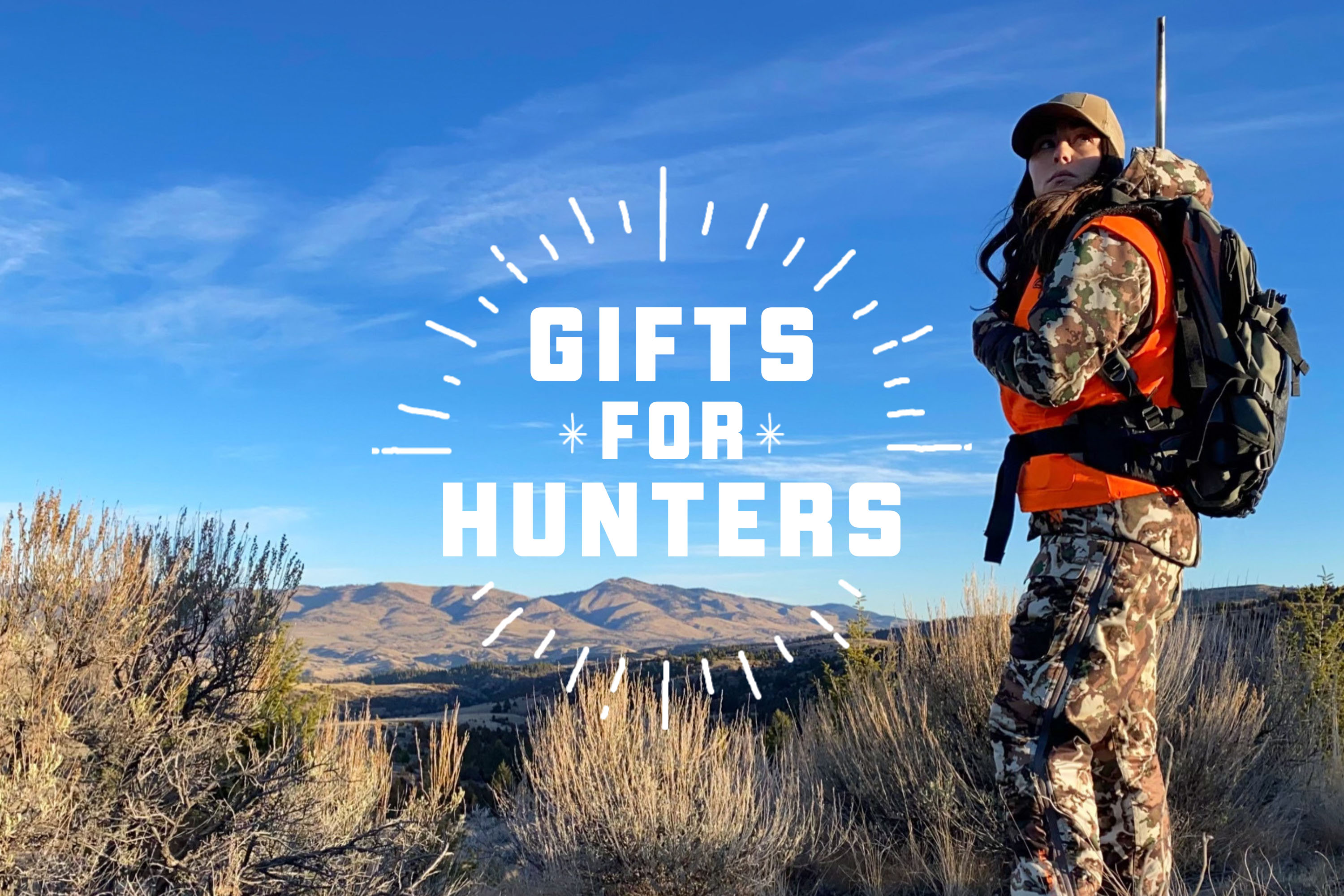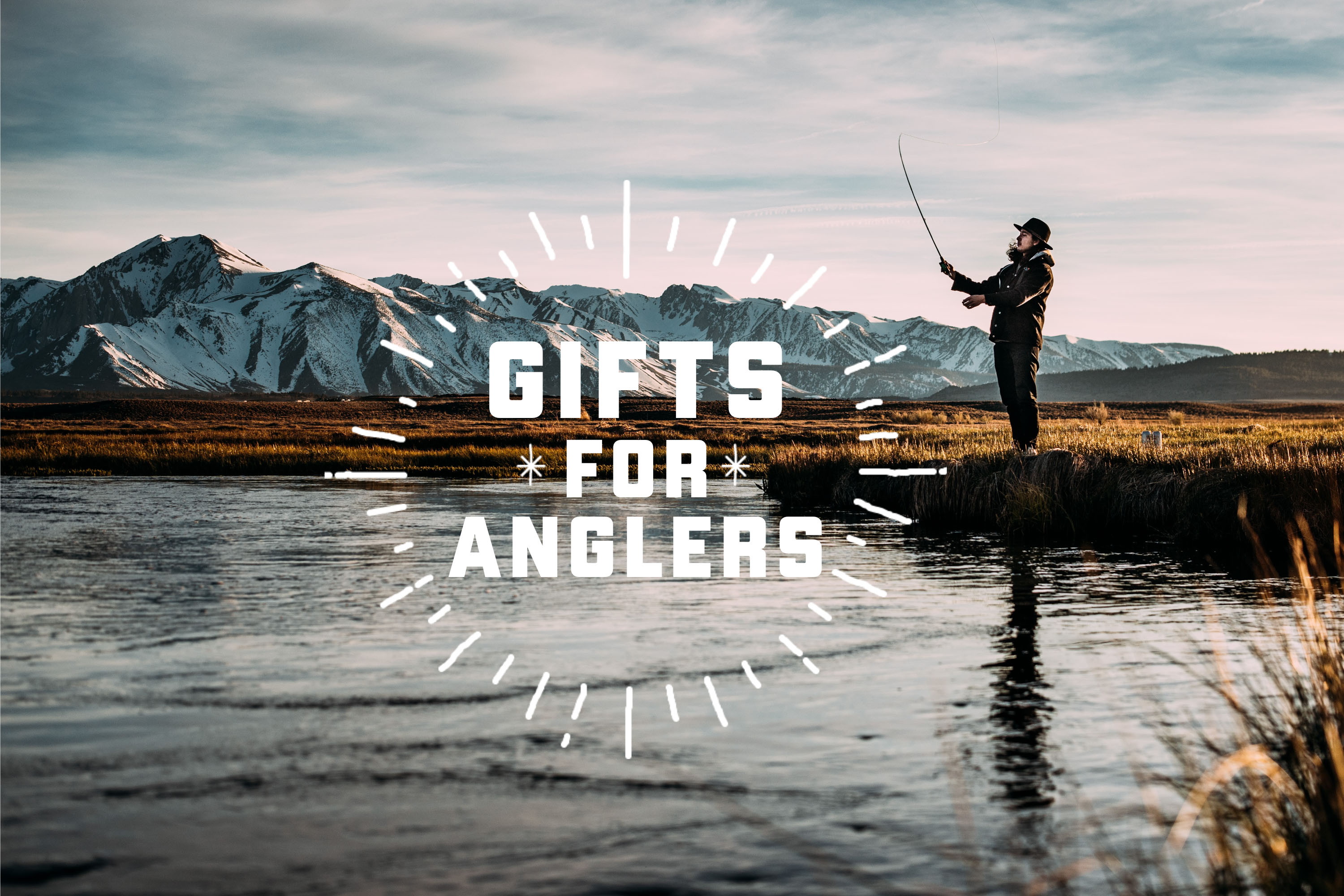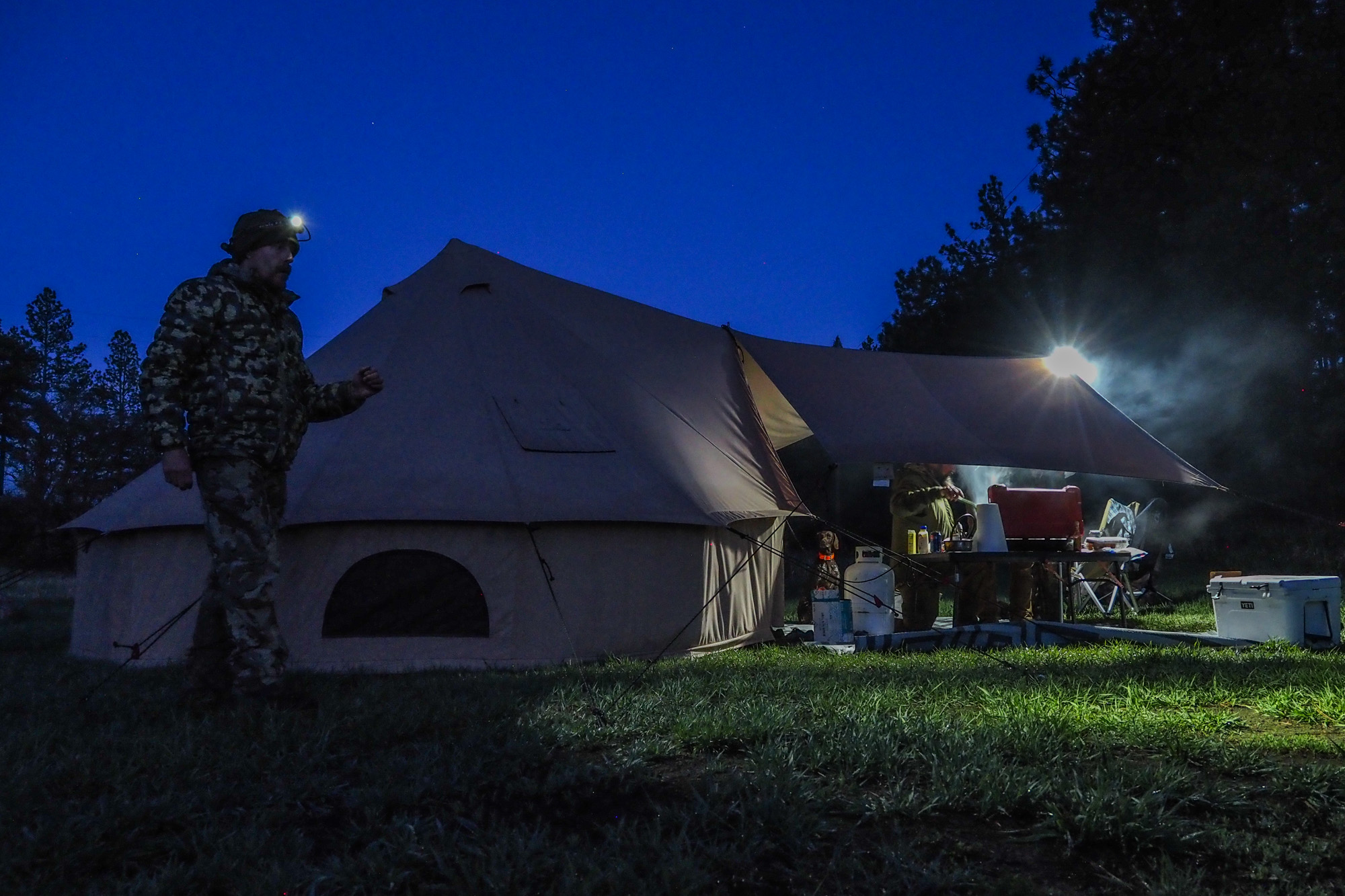With impressive accuracy, insane power, and a wild ability to shoot line out like a cannon, the Orvis Helios 3D is straight-up bananas.
Hook keepers. The Helios lineup doesn’t have them. That’s it. That’s my only gripe about this rod. Everything else about it — aside from it being a possible budget-buster at $998 — is dang near perfection.
It’s a minor detail but a silly one to exclude. Repeatedly hooking flies to the bottom stripping guide can cause wear on the inner protective finish. Digging a caddis into the cork on a $1,000 rod … ain’t happening.
As a person who builds fishing rods and has numerous fly rods on my bench right now, I’m boggled at the exclusion of a part that literally costs pennies.
And with that, the negatives stop. The rest of the words you’re about to read are glowing.
In short: The Orvis Helios 3D is easily one of the best fly fishing rods on the market.
Orvis Helios 3D Rev
iew
Specs
The Orvis Helios 3D (H3D) is specifically designed to cast long distances. An increase in hoop strength is one of the leading reasons for that ability to go farther. The vibration reduction allows for cast energy to be more efficiently transferred from the rod to the line.
The rod itself is a sleek matte black, with the option of either white or blue butt detailing. The wraps are black on black, leaving a clean, nonfussy look. SiC/Titanium stripping guides give both the utmost strength and smooth line movement. The recoil snake guides are light and strong, and they should outlast you.
The cork grip varies by rod weight, starting with a Modified Full Wells on the 4wt end and working up to a Full Wells with a Fighting Butt on the higher end where it’s needed. It’s offered as a 9-foot rod from 4wt up to 12 wt, with a singular 10-foot option at the 7wt mark.
Made in the USA. A 25-year warranty. Comes with a cool rod tube.
All right … enough with the boring facts. How does it fish?
A Fly Rod With Power and Distance

Sheeesh. I’ve always been a bit self-deprecating when it comes to my fly cast. All jokes aside, I just don’t have an efficient cast. That flaw is completely remedied with this rod. It has a level of oomph that not only overcame my flaws as a fly fisherman, but it also battled the spring wind of western Montana without hesitation.
I like to compare rods from opposite ends of the spectrum to really get a good feel for what the rod is capable of, regardless of whose hands it’s in. With a $99 kit rod I keep in my truck, I was capable of casting to mid-river. With the H3D, same length, same weight, I was capable of snagging willows on the opposite bank in areas that I’d just grown to know as being out of reach.
In the hands of a true professional, this thing will cast to the moon. In the hands of a novice, it will allow them to feel the rod load and understand the cast better than any other I’ve had in hand.
With the combination of that power and the fine-tuning of energy transfer to the line, you’re given a reach that fly fishermen of the past just didn’t have.
Orvis claimed the Helios rods were all about distance. This rod delivers.
The H3D Is Accurate

Accuracy in a fly rod is hard to measure. There is so much opportunity for operator error. It really takes someone who knows their cast to get a grip on the precision of a rod. As a bowhunter, I look at it in the same light as I look at my bow. Am I hitting where I’m aiming? Why or why not?
I’ve had rods that, no matter what I do, can be in the ballpark of where I’m trying to land that fly, but each cast just has a mind of its own. That seems to be more common as you go down the scale in price point.
As a rod builder, I know a lot of that precision comes down to ensuring a straight blank free from defect, with a cleanly aligned spine, and as much reduction in vibration and line wobble as possible.
The H3D nails it all. It’s built with an attention to the construction details that has me on the verge of wanting to paper tune it. If the tip-top guide is pointed at a spot on the water, that is where the fly lands.
Is It Worth the Price Tag?
If you’re a hardcore fly fisherman, guide, or just someone who is on the water a lot — yes. If you have the money, it is well spent on this setup.
The only application where I think I might choose another rod might be a small mountain stream. It’s perfectly capable of doing the job, but it just has so much oomph that I don’t see it being practical.
Otherwise, from the open rivers of Montana to chasing steelhead in the PNW, all the way to wading the salt flats chasing monsters, there’s a rod in the H3D lineup for the job.









